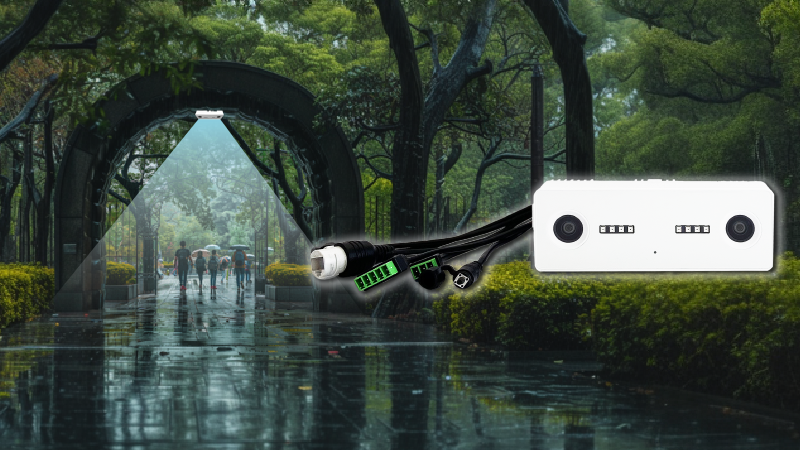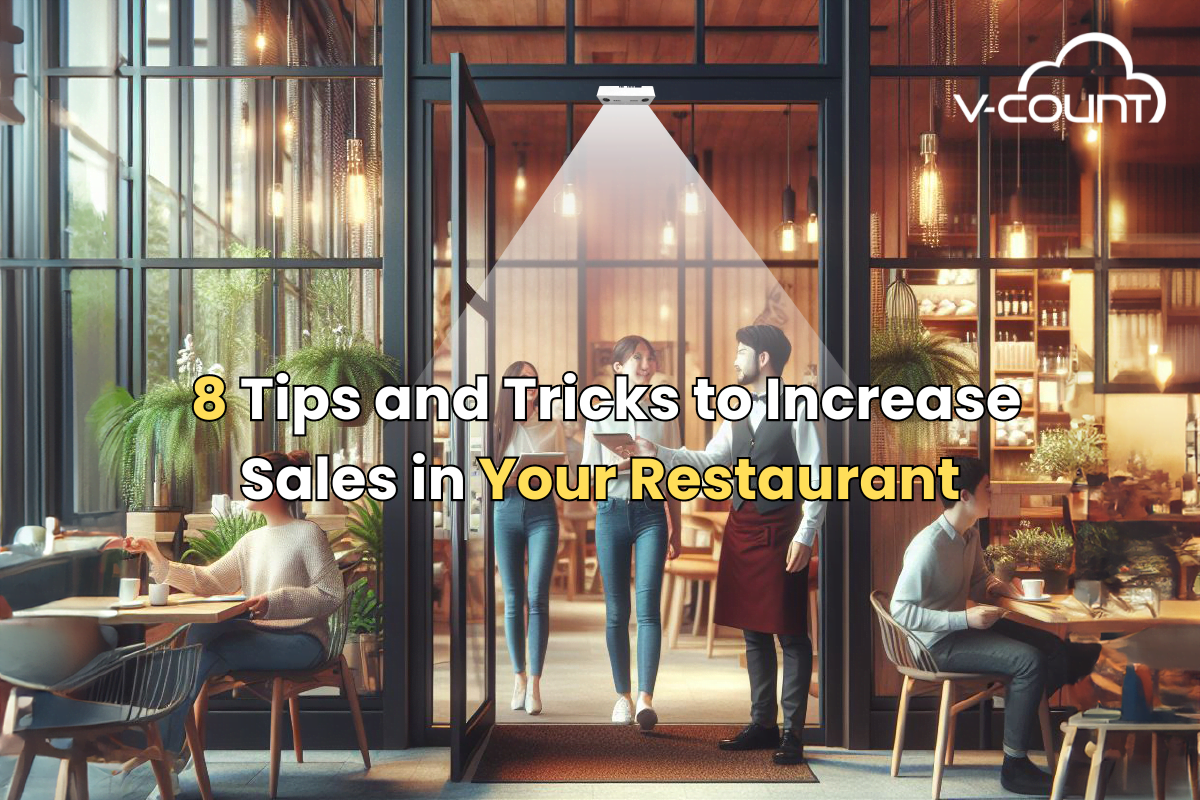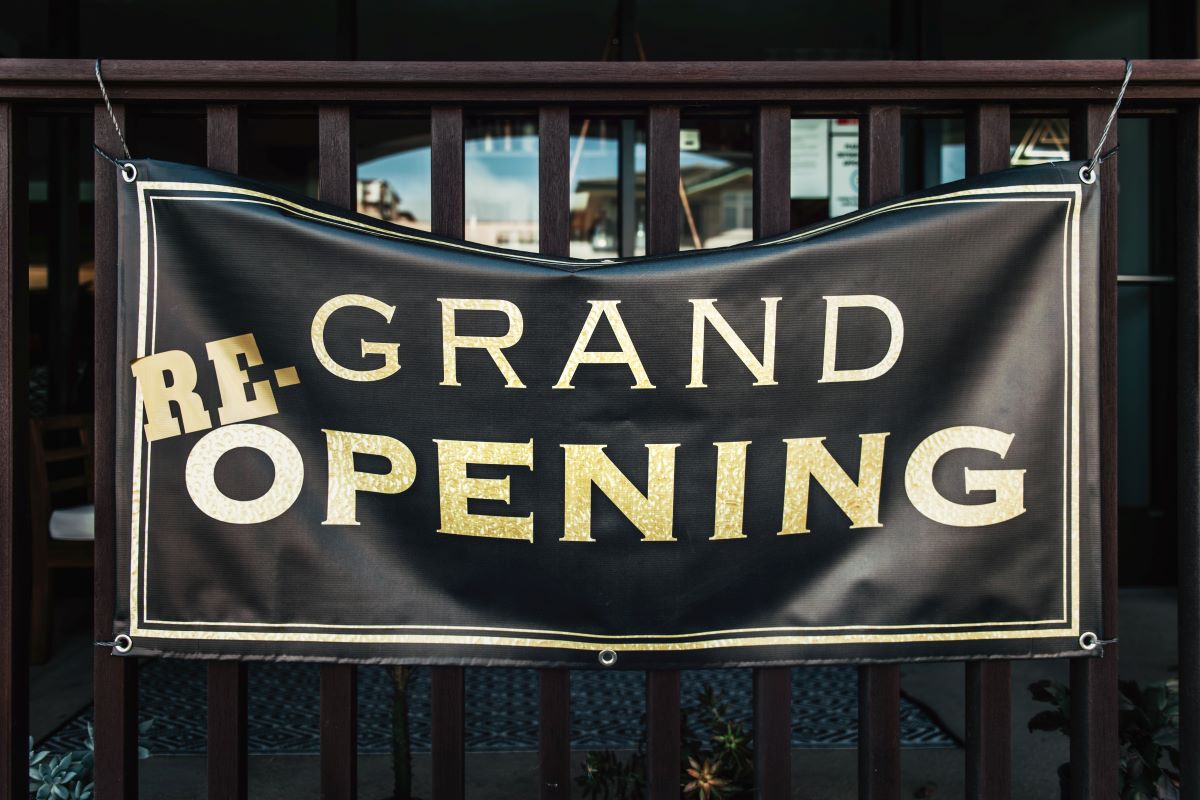Making a profit is the ultimate goal of any business, and retail businesses are no different. In today’s fast-evolving retail environment, staying ahead requires innovative strategies to boost profit margins effectively.
Running a retail store in 2024–25 demands not only meticulous planning but also leveraging cutting-edge technologies and trends to meet customer expectations. Retailers must monitor whether their customer base is growing, shrinking, or staying steady. By understanding these trends, you’ll develop the agility needed to thrive in an increasingly competitive market.
In this guide, you’ll learn:
- What is a profit margin?
- Why it’s crucial for your retail business
- Top strategies to increase profit margins in your retail store
Keep reading to discover future-ready insights!
Why Should You Care About Retail Profit Margins
The retail landscape is rapidly changing, driven by digital transformation and shifting consumer behaviors. Post-pandemic trends like online and hybrid shopping models have intensified competition for brick-and-mortar stores. Customers are now seeking more personalized and seamless experiences.
This evolution highlights the importance of monitoring your profit margins—the ratio between the product’s cost base and selling price. At the macro level, the net profit margin reflects the overall financial health of your store by subtracting total business expenses from revenue.
In 2024–25, staying profitable means embracing technology and strategies that align with these new consumer dynamics.

8 Advanced Ways to Increase Your Retail Profit Margins
Retailers with tight profit margins know that even small improvements can yield substantial results. Here are strategies tailored for the 2024–25 retail market:
1. Evaluate Your Product Mix with AI Analytics
Leverage advanced tools powered by Artificial Intelligence (AI) to identify top-performing products. Platforms like Zone Analytics enable retailers to optimize their product placement and maximize sales potential.
Using real-time data, these tools help identify slow-moving items and boost visibility for high-margin products. Dashboards and reports offer insights to fine-tune your inventory for maximum profitability.
2. Reduce Costs Through Automation and Efficiency
Modern technologies like robotics and AI-driven automation can cut labor costs and improve operational efficiency. Cost reduction can also include:
- Streamlining logistics with smart supply chain solutions
- Negotiating better terms with suppliers
- Reducing energy consumption by adopting sustainable practices
Adopting platforms like the Business Intelligence Platform (BIP) helps you optimize staffing and operations, aligning them with actual customer demand.
3. Embrace Dynamic Pricing Strategies
In 2024–25, competitive pricing goes beyond the traditional approaches. Implement dynamic pricing models that use AI to adjust prices based on market trends, demand, and customer behavior in real-time. This ensures:
- Cost efficiency: Protect your margins while offering competitive prices.
- Customer appeal: Build trust with fair pricing and promotions.
4. Elevate Inventory Management with IoT
The Internet of Things (IoT) enables smarter inventory management by tracking stock levels in real time. This minimizes markdowns, reduces waste, and ensures the availability of popular products, enhancing customer satisfaction.
5. Prioritize Customer Loyalty and Retention
Loyal customers are the backbone of any successful retail business. In 2024–25, prioritize:
- Personalized experiences: Use data analytics to tailor recommendations.
- Efficient service: Tools like Queue Management minimize wait times and improve the shopping experience.
- Loyalty programs: Reward repeat customers with exclusive offers and benefits.
6. Consolidate Purchases for Better Supplier Deals
Streamlining your procurement process can result in significant cost savings. Bulk purchasing and long-term supplier relationships ensure better margins and stable inventory flow.
7. Invest in Digital Marketing with Predictive Analytics
Marketing in 2024–25 demands a focus on data-driven strategies:
- AI-powered ad campaigns: Target the right audience with precision.
- Content marketing: Build authority with blogs, videos, and guides.
- Customer segmentation: Use predictive analytics to design personalized offers.
8. Adopt Cutting-Edge Retail Technologies
Technologies like Augmented Reality (AR) and Virtual Reality (VR) can revolutionize the shopping experience. Pair this with tools like Ultima AI to track customer engagement and optimize store layouts.
Using the right technologies allows you to make informed, data-backed decisions, enhancing profitability while meeting customer expectations.
Final Thoughts for the Retailer of Tomorrow
The retail industry is evolving rapidly, but with the right strategies and technologies, you can stay ahead of the curve. Focus on innovation, customer-centric approaches, and data-driven decision-making to thrive in 2024–25.
Ready to future-proof your retail business? Contact us today to explore cutting-edge solutions tailored to your needs!






